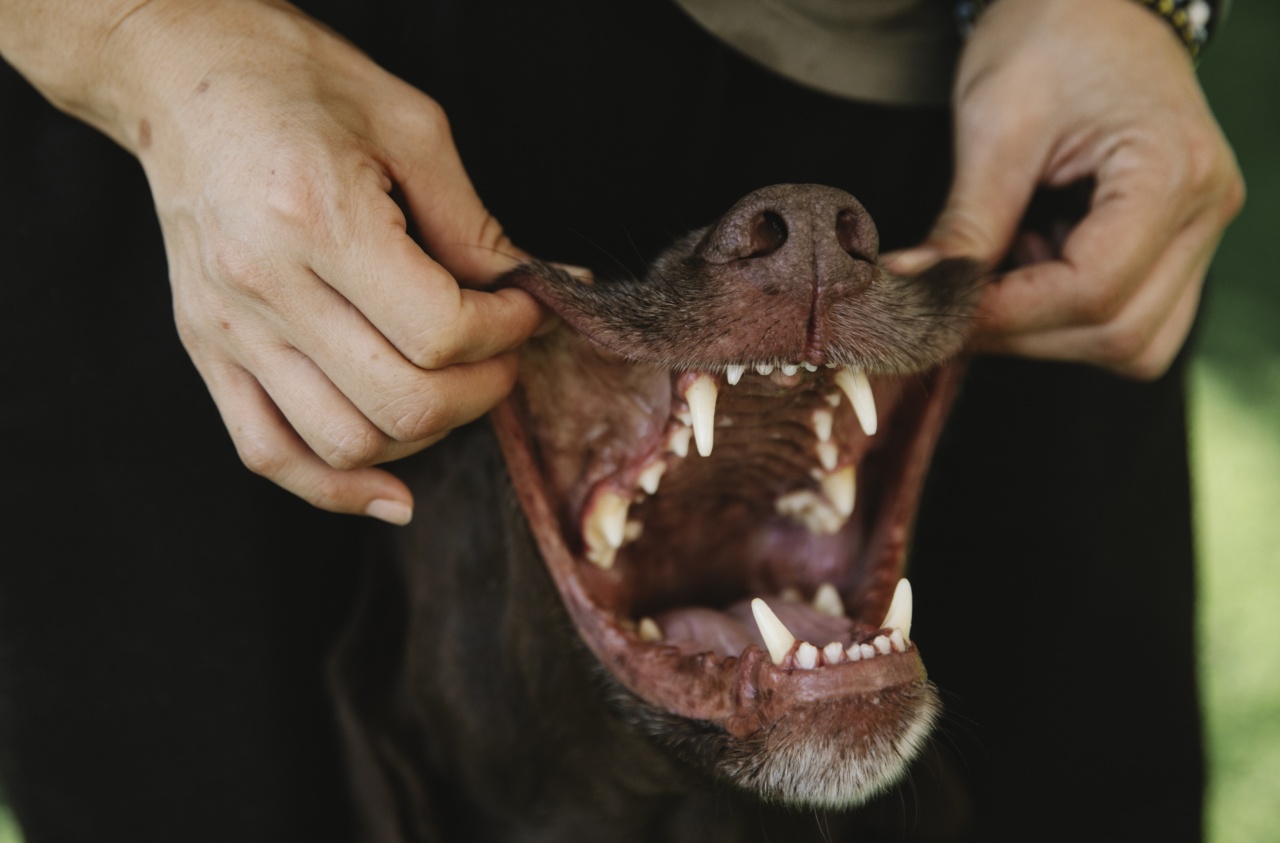Animals are fascinating creatures with a unique set of instincts that help them survive and thrive in their natural habitat.
Many researchers have studied animal behavior and have found that various factors, including color, can significantly influence an animal’s instincts.
In this article, we’d like to explore the fascinating connection between brown color and animal instincts. We’ll discuss how brown-colored animals use their instincts to survive and why these instincts are essential for their survival.
What Brown Color Symbolizes in the Animal Kingdom
Brown is a color that is widely associated with features like stability, comfort, and reliability. In the animal kingdom, brown-colored animals are often deemed as being reliable when it comes to their hunting or foraging abilities.
Animals that are brown in color often have the ability to blend in with their surroundings, making them less visible to predators.
Brown-colored animals like deer, squirrels, and rabbits are some of the notable examples of animals that have developed the ability to camouflage themselves to avoid danger.
Brown Animal Instincts that Aid in Survival
Animals that are brown in color have developed various instincts to help them survive in their natural habitats. These animals have fine-tuned their senses to detect and respond to any potential threats that could endanger their lives.
Sensing Danger
Brown-colored animals are well-equipped with an acute sense of hearing and smell, allowing them to detect the slightest change in their environment.
These animals can discern danger even when it’s far away, allowing them to react quickly and avoid any potential threats.
Foraging Abilities
Brown-colored animals are well-suited to foraging for food in their environment. These animals have developed instincts that allow them to locate food sources efficiently.
For example, brown bears are known to forage for food in riverbeds during the salmon spawning season. They position themselves in strategic spots where they can efficiently catch fish, taking advantage of the abundance of food available during this time.
Instincts for Reproduction
Brown-colored animals have also developed instincts for reproduction. These animals have a unique ability to attract mates through their unique mating calls or by displaying their physical prowess.
For instance, male deer have antlers that help them attract mates during the mating season. These antlers act as a display of their physical fitness and prowess, allowing them to attract the strongest and most desirable females.
Why Brown Instincts are Essential for Animal Survival
The various instincts discussed above are essential for brown-colored animals to survive in their respective habitats.
These animals have developed these instincts over time, allowing them to adapt to changes in their environment and survive despite the ever-present threat of predators.
Without these instincts, brown-colored animals would be unable to thrive in their environment. They would not be able to detect and respond to potential threats, making them easy prey for predators.
They would also find it challenging to locate food, making it difficult to survive in their respective habitats.
Conclusion
The fascinating connection between brown color and animal instincts is a testament to the unique abilities of these animals to thrive in their natural environments.
Brown-colored animals possess several instincts that allow them to detect danger, forage for food, and reproduce efficiently. These instincts are essential for their survival, allowing them to adapt to changes in their environment, and avoid danger.


























